Moving Toward Unity
The Catholic and Orthodox Churches may be entering a new era of reconciliation.
Three prominent Catholic figures with years of experience working with the Eastern Churches comment on recent developments and the progress toward unity they may augur
Pope Francis, “Bishop of Rome”: Creating New Space for Dialog
By Fr. James McCann
When Pope Francis was chosen on March 13, 2013, life at the Pontifical Oriental Institute, where I was rector, began to change immediately. The very next morning we heard that he was visiting the Basilica of Santa Maria Maggiore, just across the square from us. In fact, before we managed to fly the papal flag from our balcony to greet him he had already visited the Basilica to venerate the icon of the Madonna Salus Populi Romani, Mary the Protectress of the Roman People. This ancient image in the Byzantine style, perhaps “written” or painted in Syria, has over the centuries been seen as miraculous, a source of healing that has safeguarded the Roman people.
Venerating this icon on the first morning after his election, Pope Francis made the clearest symbolic statement of solidarity with the people of Rome. He would return to the icon before and after every trip outside Rome. He comes so often to the neighborhood that we should leave the flag on permanent display!
Many more surprises were in store. A new edition of the Annuario Pontificio, the annual directory of the hierarchy of the Universal Church, was published shortly after the pontiff’s installation. There was a subtle, yet significant change. After the color photo of the Pope’s coat-of-arms, there follows a page with his name and titles. In the new directory this page is different. It reads simply: “Francesco, Vescovo di Roma,” “Francis, Bishop of Rome.” The rest of the page is blank.
A point of pride of the Pontifical Oriental Institute is its great respect for Christian Orthodoxy and its close collaboration with the Orthodox Churches around the world. From its very beginnings in the midst of war in 1917, nearly 100 years ago, the Institute has been an oasis of peace, where Catholics and Orthodox learn together the rich traditions of the Christian Churches and enter into close dialogue, all the while maintaining and nurturing their individual identities and common values.
This is why I was so excited about the virtually blank page in the papal directory. Friends joked about my enthusiasm, but I saw its importance. Pope Francis (without giving up other titles, which were later listed separately) told all the world that he saw himself primarily as Bishop of Rome. The space on the rest of the page was a deeply symbolic overture, an invitation which created a vast “space” for dialogue.
In his native Argentina, the Pope had become familiar with the Churches of the Christian East. Sviatoslav Shevchuk, now Major Archbishop of the Ukrainian Greek Catholic Church, led that Church in Argentina for several years, coming to know the then Archbishop of Buenos Aires, Jorge Bergoglio.
The Pope also met over the years Bartholomew I, Orthodox Ecumenical Patriarch of Constantinople, who pursued postgraduate studies at the Pontifical Oriental Institute. Bartholomew was on hand for the installation of Francis – an historic first. Francis and Bartholomew developed a deep friendship in their common concern for Christians in the Middle East and in their distress over the degradation of the planet Earth, our casa comune, our common home.
Kirill, Patriarch of Moscow and Primate of the Russian Orthodox Church, visited Rome many times in years past. At the time of his election in 2009 some Russian bishops criticized his close ties with Rome, developed in his work as chairman of the Department of External Church Relations. In the first seven years of his patriarchate he entrusted relations with the Catholic Church to his successor, Metropolitan Hilarion of Volokolamsk. Patriarch Kirill stayed at a distance.
By 2016 the time was ripe for a direct meeting of Patriarch and Pope. Havana was the ideal setting. Neither leader travelled out of his way for the encounter. Clearly the space was open for dialogue in an atmosphere of mutual respect. This surely did not mean that all differences were settled or papered over. Integrity of identity was preserved. This was a beginning, a major historical step rich in symbolism. We can hope that it marked the end of the zero-sum thinking that has so dominated Catholic-Orthodox relations.
There is an undeniable political dimension that will be played on all sides. This should not diminish the fact that a much wider space for dialogue is now open.
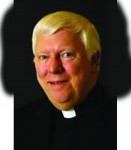
Fr. James McCann, S.J.
Under the protection of Our Lady, may this dialogue flourish, heal us, and bring us closer to each other on the path to Christian unity. May it lead to common action in a world so much in need of peace and reconciliation.
Fr. James McCann, S.J., is the Senior Vice President of the Gregorian University Foundation and a former rector of the Pontifical Oriental Institute in Rome, founded by Pope Benedict XV in 1917 as a center for higher studies in Eastern Christianity.
A “Turning Point” in the History of Orthodoxy
By Fr. Ronald Roberson
The meeting between Pope Francis and Russian Orthodox Patriarch Kirill in Havana on February 12 was an historic occasion. It was the first time that a Russian Patriarch had ever met with a Pope. This was exceptional because meetings between Popes and heads of other Orthodox Churches had become commonplace in the period following the Second Vatican Council, including many meetings between Popes and Ecumenical Patriarchs of Constantinople.
This lack of contacts at the highest level with the Russian Orthodox Church was due to several factors. First, during the Communist period, the Church was not free to make its own decisions on such matters, and for their own reasons the Soviet authorities opposed closer relations with Rome. Later, with the collapse of the Communist government in 1991 and the new religious freedoms that ensued, many Russian Orthodox perceived the increased presence of the Catholic Church in Russia as a threat. This was complicated by the re-emergence and vitality of the Ukrainian Greek Catholic Church that had been forced underground by the Communist authorities, and whose churches had been given to the Orthodox. For many years now, the Russian Church has been insisting that these issues would have to be resolved before any fruitful meeting between a Pope and Russian Patriarch could take place.
The fact that the Russians agreed to the February meeting indicates that progress had been made on these questions. But it also resulted from a common concern about a number of important questions, especially the plight of Christians in the Middle East. The Joint Declaration that the Pope and Patriarch signed on February 12 dwells at some length on their situation and also addresses a number of other pressing issues the world faces today, including the situation in Ukraine.
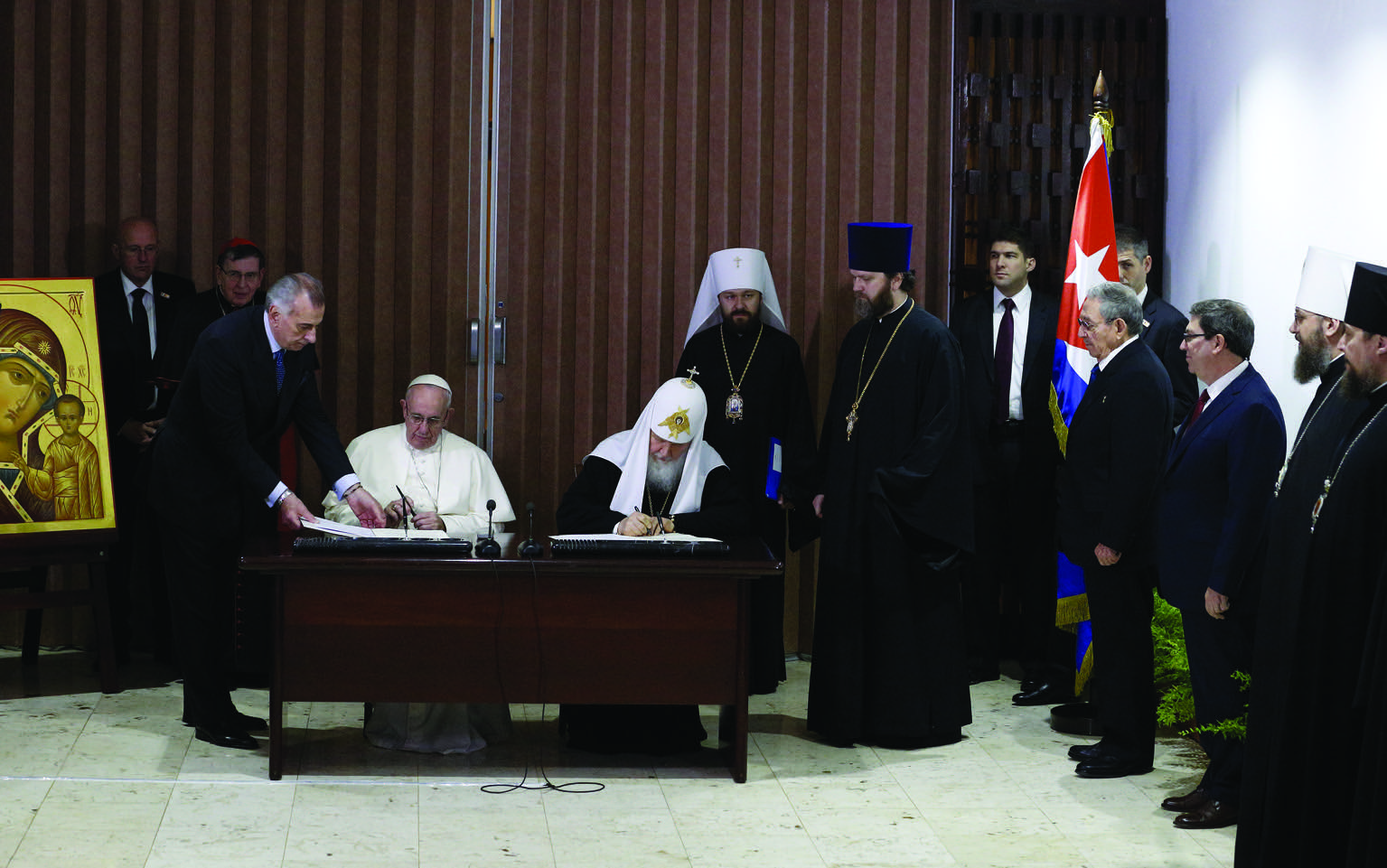
Pope Francis and Russian Orthodox Patriarch Kirill of Moscow sign a joint declaration in Havana on February 12, 2016 (CNS photo/Paul Haring)
All of this comes at a time when there is increasing ferment in the Orthodox world as preparations move forward to hold a “Great and Holy Council” of the Orthodox Church in June. This would be a truly historic moment in the history of the Orthodox Churches since, for them, the last “Ecumenical” Council was the Second Council of Nicaea which was held in the year 787. At this point there is no consensus among the Orthodox regarding the “ecumenicity” of the upcoming Council, but it will certainly be the most authoritative one to be celebrated in many centuries. Ecumenical Patriarch Bartholomew will preside over the proceedings which he originally hoped would take place in Istanbul (ancient Constantinople), but which have now been moved to the island of Crete.
During the lengthy preparatory period, there were many proposals regarding the number of bishops to be invited and the way decisions would be made. Eventually it was decided that each of the 14 autocephalous (self-governing) Churches could send up to a total of 25 bishops. But when it comes to voting, each of the 14 churches will have one vote, not individual bishops. And decisions will be made not by majority vote but by consensus, which means that any one Church could defeat any proposal if it so wishes.
Some of the themes that were approved for consideration at an early preparatory meeting in 1976 are the Orthodox diaspora; autocephaly, autonomy, and their manners of proclamation; impediments to marriage; regulations on fasting; relations of the Orthodox Churches with the rest of the Christian world; and the contribution of the local Orthodox Churches to peace, liberty, brotherhood and love among peoples.
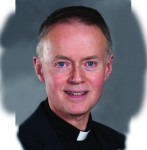
Fr. Ronald Roberson, CSP
The convocation of the Great and Holy Synod of the Orthodox Church in June will mark a turning point in the history of Orthodoxy. It will go a long way towards achieving greater unity on some disputed issues in the Orthodox world, and will help to create a more unified Orthodox position regarding relations with other faith communities. For these reasons Catholics and other Christians should welcome the celebration of this Council, and pray for its success.
Fr. Ronald Roberson, CSP is associate director of the Secretariat for Ecumenical and Interreligious Affairs of the U.S. Conference of Catholic Bishops. He is also a consultor to the Vatican’s Congregation for the Oriental Churches.
Preparatory Meeting for Historic Pan-Orthodox Council Yields Progress
By Peter Anderson
The Secretariat for the upcoming pan-Orthodox Council held its first meeting March 29-30 at Chambesy, Switzerland. As was true for the recent synaxis of primates, Radio Trinitas of the Romanian Patriarchate was the first to announce the results of the meeting.
The communiqué read, in part: “Establishing immediate official website of the Holy and Great Synod will present preparatory documents approved in preconciliar stages and that will figure on the agenda of the Holy Synod. These documents will be published in the official languages of the Synod: Greek, English, French and Russian. Also, exceptionally, the Arabic language was accepted also as a working language during the work of the Synod.”

Pan-Orthodox Secretariat of the Holy and Great Council Orthodox Church, Chambésy, Switzerland
Remarks made by Metropolitan Emmanuel of France on March 11 in Moscow indicated the convening of an “enlarged” secretariat at Chambesy. However, we can now see that the enlarged secretariat was apparently not acceptable to all of the local Churches. At the March 29-30 meeting, there was only one representative per local Church. Furthermore, some of the Local Churches were not represented by a bishop. Moscow was represented by Archpriest Nikolai Balashov, and Jerusalem was represented by Prof. Theodoros Yiangou.
While preparations continue for the pan-Orthodox Council, worries are increasing with respect to the inability of the Patriarchates of Antioch and Jerusalem to resolve their jurisdiction dispute over Qatar, in spite of repeated efforts by others to mediate this issue. The potential “nightmare” under the consensus rule is that one Local Orthodox Church can withhold its consent on one issue unless its demand on another unrelated issue is granted. On the one hand, one can say that Antioch is holding the entire pan-Orthodox Council and its 50 years of preparation “hostage” over its demand that Jerusalem withdraw its bishop from Qatar.
On the other hand, Antioch can argue that its suspension of communion with Jerusalem has not been effective in causing Jerusalem to withdraw its bishop and that its only remaining way of exerting pressure is to withhold consent with respect to the pan-Orthodox Council. If the pan-Orthodox Council is held and the Jerusalem Patriarchate still has its bishop in Qatar, the Patriarchate of Antioch will be powerless to change the situation, and Jerusalem will have no incentive to withdraw its bishop.
The Greek website Romfea.gr has posted an article concerning Ecumenical Patriarch Bartholomew’s great desire to show to the world through the pan-Orthodox Council that Orthodoxy is united and ready to meet the challenges of the coming years. It points out that Metropolitan Tikhon, the primate of the Orthodox Church in America, whose autocephalous status is not recognized by Constantinople, was invited by the Ecumenical Patriarch to concelebrate the Divine Liturgy with him at the Fanar last Sunday. The Ecumenical Patriarchate was also involved in settling the dispute within the Orthodox Church of the Czech lands and Slovakia. However, the Qatar issue still remains.
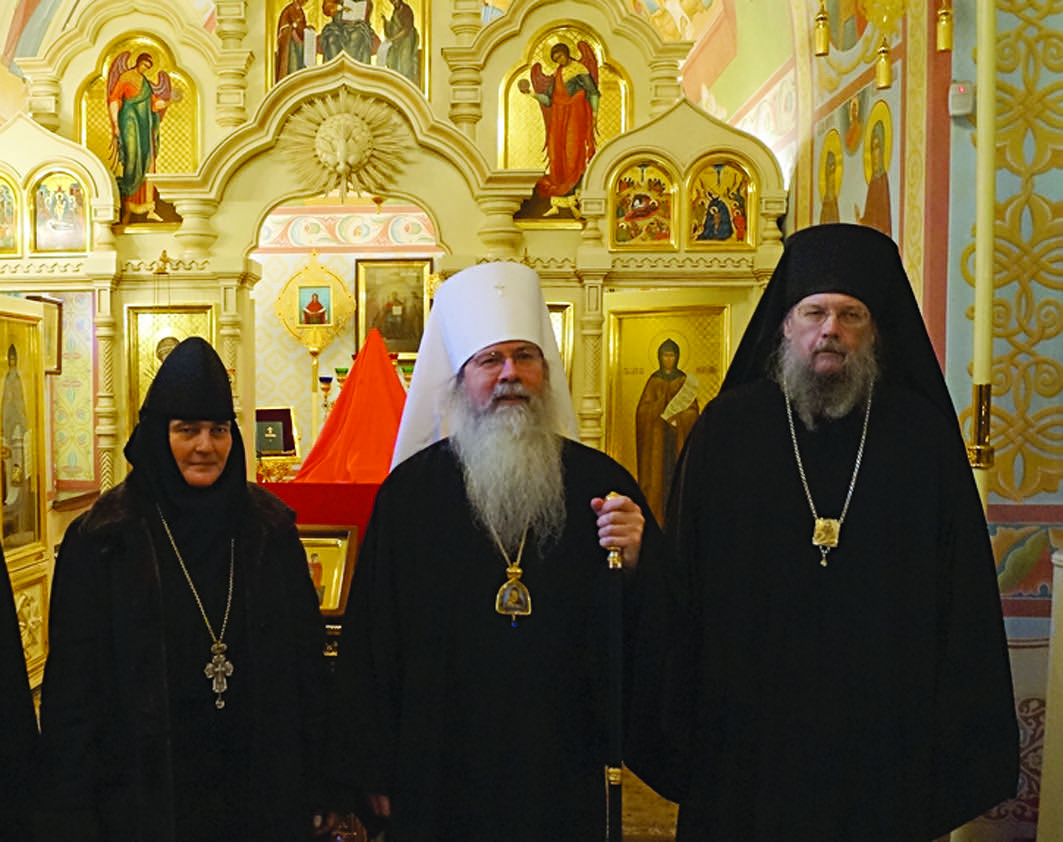
On December 3, 2014, His Beatitude Tikhon, head of the Orthodox Church of America (OCA), Archbishop of Washington and Metropolitan of all of the United States and Canada, during an official visit to the Russian Orthodox Monastery of the Intercession in Moscow
The following appear to be two very recent efforts to solve the Qatar issue: According to Romfea.gr, Archbishop Chrysostomos, the primate of the Orthodox Church of Cyprus, invited the Patriarchs of Jerusalem and Antioch to come to Cyprus to settle their differences. However, only the Patriarch of Jerusalem came yesterday, and the Patriarchate of Antioch only sent a representative. According to the Greek website Amen.gr, the Ecumenical Patriarch requested the Patriarch of Antioch to meet with him March 30 at the Phanar or to send a representative. The letter stressed the great amount of work that has been done in preparing for the pan-Orthodox Council. The next day, Amen.gr posted another article that implies that Antioch’s reply was that the physical presence of the entire Holy Synod of the Patriarchate of Antioch is necessary to resolve the dispute.
Speculations are that Antioch will settle for nothing less than a withdrawal by Jerusalem of its jurisdictional claim over Qatar. Antioch might well believe that pressure from the other Local Orthodox Churches should not be focused on it, but rather on Jerusalem.
With respect to other matters, AsiaNews has done an interesting interview of Archbishop Ivan Jurkovic, the outgoing Catholic Apostolic Nuncio to the Russian Federation. An interesting discussion on the topic, “The Cuban declaration: context and perspectives,” was held in Moscow on March 28.
A video of the entire discussion may be viewed at https://www.youtube.com/watch?v=-5GC8TRnk5s.
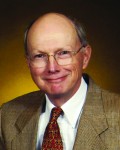
Peter Anderson
The Orthodox representative was conservative Father Valentin Asmus, who was one of two members of Moscow’s delegation at the 2010 Vienna plenary of the Joint International Commission for Theological Dialogue between the Orthodox and Catholic Churches. Father Valentin expressed a surprisingly positive view of the Cuban declaration.
Peter Anderson is a retired attorney who lives near Seattle. He devotes much of his retirement to Catholic-Orthodox relations and authors a periodic news bulletin on the subject.

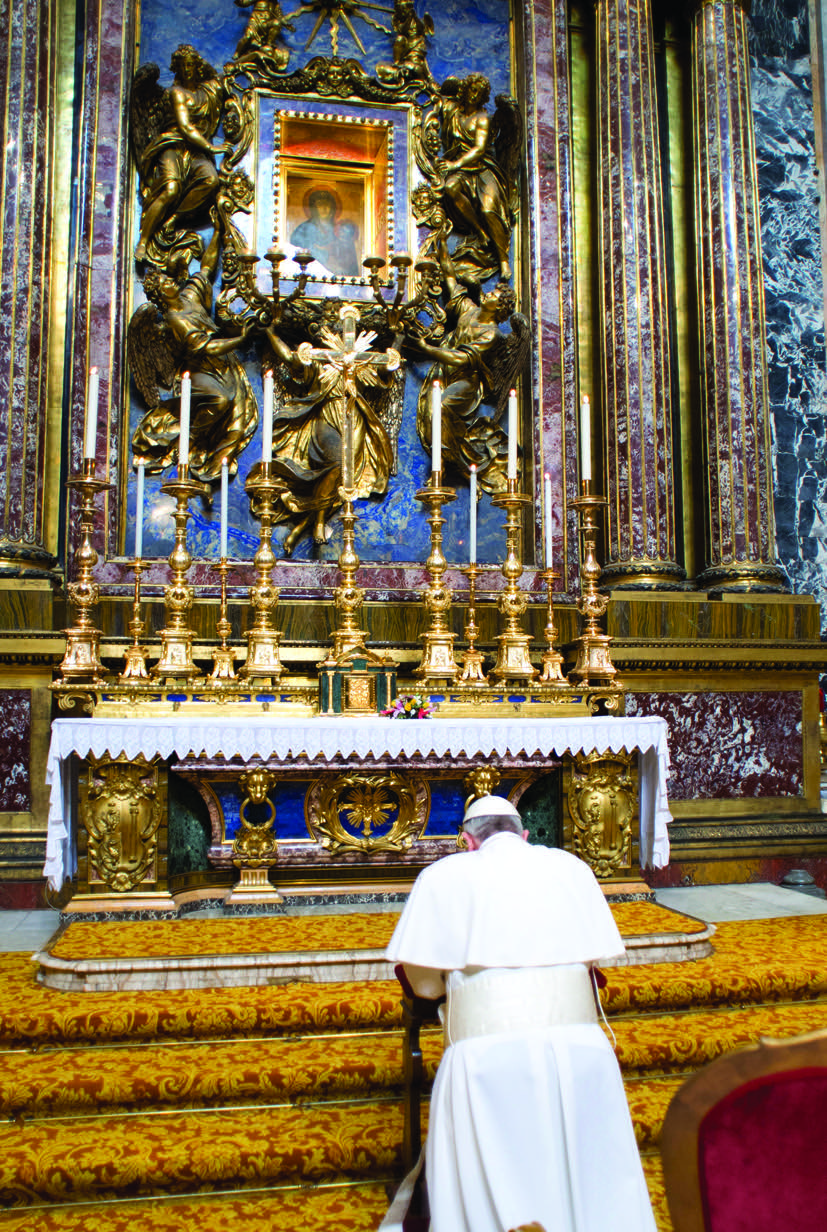
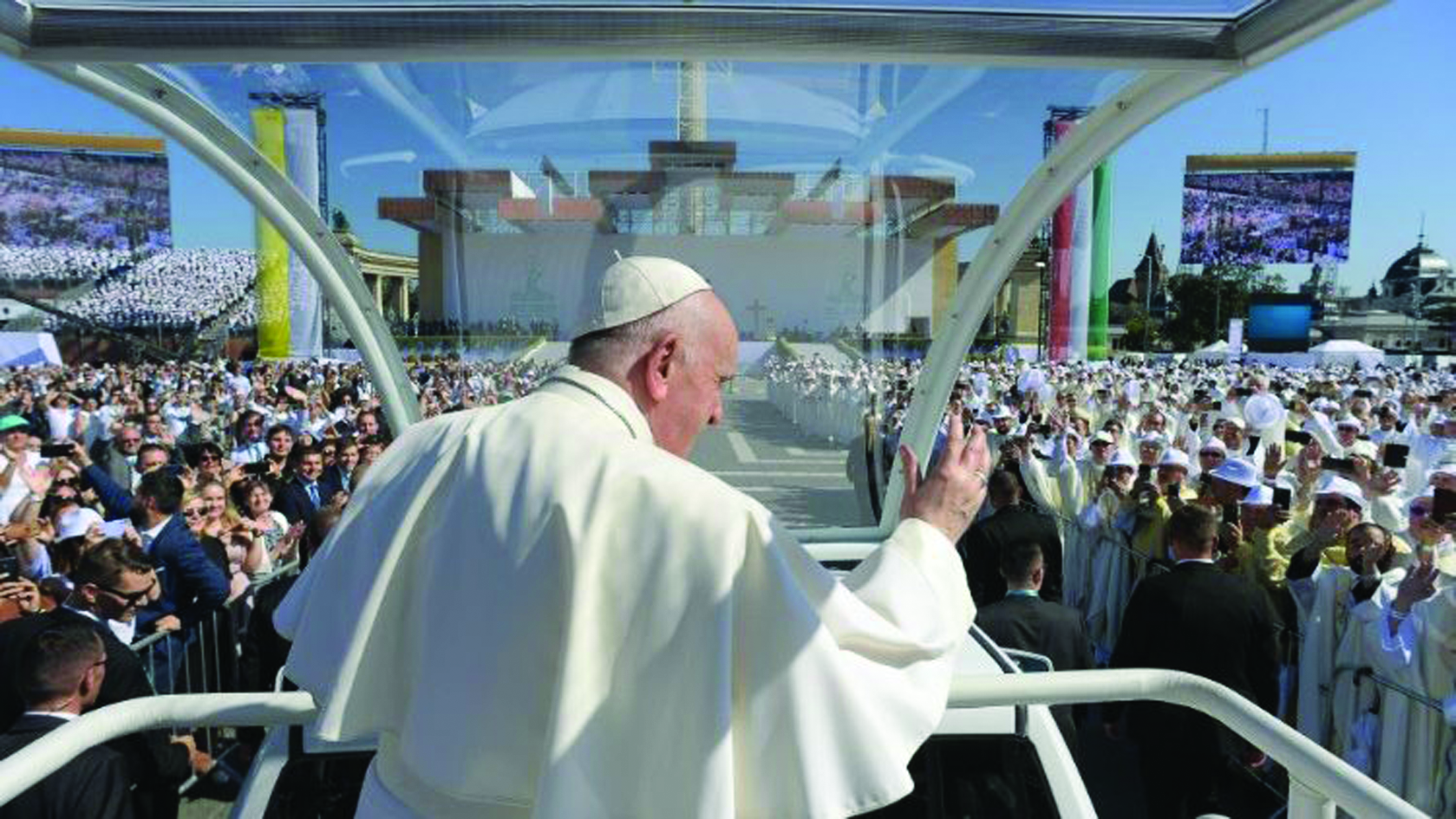




Facebook Comments